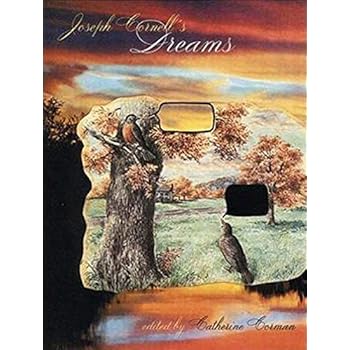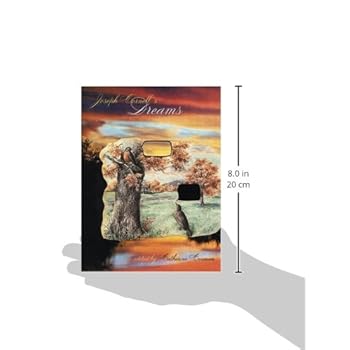Joseph Cornell's Dreams
Category: Books,Arts & Photography,History & Criticism
Joseph Cornell's Dreams Details
A selection of dream epiphanies and reveries from Joseph Cornell's voluminous diariesJoseph Cornell is well known for the oneiric quality of his art and films. Many have tried, often in vain, to put into words the strange power of his boxes―toy-like constructions whose playfulness and humor are anchored in a profound melancholy and loneliness. “Slot machines of visions,” said Octavio Paz. Cornell himself is said to have enjoyed children's responses to his work; perhaps because nothing prepares one better for viewing a Cornell box than having an unbiased mind. Catherine Corman has combed through the voluminous diaries that Cornell kept throughout his life, now in the care of the Smithsonian's Archives of American Art, in search of the artist's own dreams. What she found are brief flashes of images, and short, enigmatic narratives of illumination―the verbal equivalent of Cornell boxes. In 1993, Mary Ann Caws edited a large portion of Cornell's diaries for publication by Thames & Hudson, an invaluable sourcebook for Cornell studies. This new, shorter volume is a poetic addition to that literature, equally indispensible to those interested in Cornell as it contains previously unpublished writings, but also because it is as intriguing and mysterious to the uninitiated as the magical boxes themselves.

Reviews
Joseph Cornell's collages, shadowboxes, and other artworks are among the most moving, baffling, tantalizing, inscrutable, challenging, beautiful, and inspiring art that I have ever encountered, in any medium. So, I was hardly surprised to see that his dreams often inspired him. Some of his work has that same sense of mysterious inner logic I've felt from dreams, and his biographers have said that dreaming and life had no clear distinction for him.We are fortunate in having his journals available to researchers, and in having researchers like Corman taking the time to winnow traces like these from those thousands of pages. The result is thin, just a few dozen references, but evocative nonetheless. Corman's appendices examine recurring themes in Cornell's dream notes, and does so with the kind of restraint that keeps the thoughts his, not hers. She also adds notes on influences Cornell experienced in understanding his dream life, including Blaise Pascal and Gerard de Nerval.Don't expect to see any of Cornell's work here - other books, such as Navigating the Imagination will help you there. And don't expect a massive academic work - this takes a minimalist approach, letting the journal extracts speak for themselves. But, if you want additional insight into this brilliant artist and enigmatic man, take a look at this one.-- wiredweird



